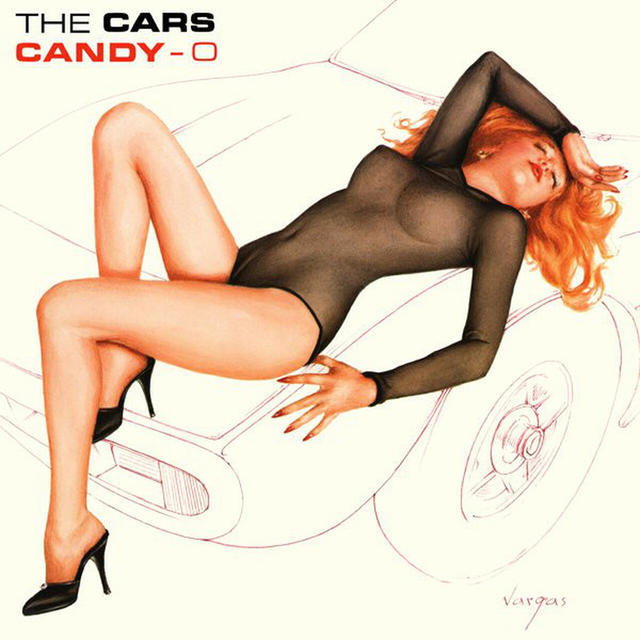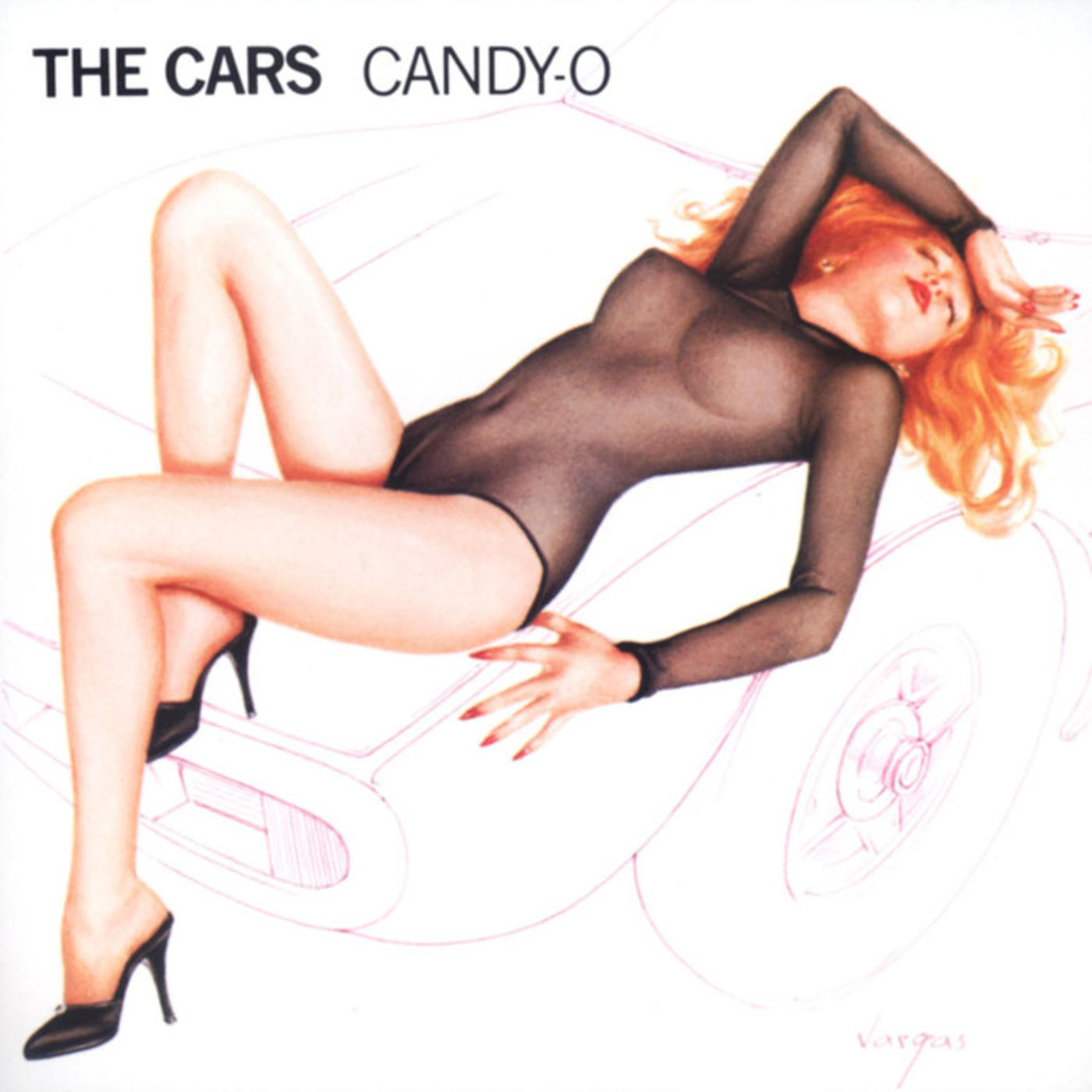June 1979: The Cars Release CANDY-O

If it ain't broke, don't fix it. That was the Cars' attitude towards second studio album, Candy-O. Ric Ocasek and company again teamed up with producer Roy Thomas Baker for the record, following the breakout success of the Cars' debut LP, also produced by Baker.
This time, they set up shop in Los Angeles' famed Cherokee Studios, where they went about attempting to follow what's still considered by many as an instantly classic record that's often referred to "The Cars' Greatest Hits."
"We were ready to [produce] our own album if we couldn't have found a producer. But I never had a real producer before Roy; all I ever knew was what I stumbled on," Ric Ocasek later revealed. "So, I was interested to have someone who's been doing it for 15 years as opposed to my five... I knew what I could do. I wanted to see what someone else could do. He turned out to be a great friend, and taught us a lot about musical technique. He never infiltrated arrangements or musical ideas."
Just one year after rewriting the rock and roll songbook with that storied debut, the Cars returned with second studio effort, Candy-O, on June 13, 1979. The Cars supported the album release with lead single, "Let's Go," a sparkling and upbeat Ric Ocasek composition featuring the band's resident heartthrob, bassist Benjamin Orr, on vocals.
The song was an simmering hit, chugging up the charts to peak at #14 for the week of September 8, 1979. The #1 song in America that week: The Knack's "My Sharona."
The band's breakout success put all kinds of pressure on the Cars and Candy-O to be another blockbuster. Hitting the road in support of the album, even local news stations put the band's feet to the fire regarding their second run at the music charts. See the interview with Ric Ocasek below.
The second single from Candy-O was an unexpected left turn with "It's All I Can Do." The melodic med-tempo tune was another Ocasek composition with Ben Orr on lead vocals. The song almost cracked the top 40, peaking at #41 for the week of November 29, 1979.
By third single, "Double Life," it was clear the Cars were headed in a new direction. The moody tune, which on the album crashes right into the frantic "Shoo Be Doo," didn't chart. FUN FACT: the video for the song was the 21st clip ever played on MTV.
While hardly a singles juggernaut, Candy-O was a huge hit, climbing all the way to #3 on the Billboard 200 for the week of August 26, 1979, The #1 album in America that week: the Cars' chart nemesis, the Knack, with Get the Knack. FUN FACT: the band's storied debut peaked at #18 on the same chart.
Still darlings of the FM rock radio scene for their inventive new sound, repeated spins made hits out of songs like the Candy-O title track, despite it never being released as a single.
Candy-O is famous for more than just its high-octane music; the album arrived with striking cover art painted by legendary pin-up artist, Alberto Vargas. It was drummer David Robinson--who was also the Cars' artistic director--that came up with the idea of commissioning Vargas for the image, despite the 83-year-old painter being retired for several years.
"I'd accumulated all this Vargas stuff, and I realized that he was the best," Robinson revealed during a 2018 video interview. So I thought, 'Oh, you know, we could do a pin-up thing.' The first thing I did was think, we have to hire somebody who can paint like that and make us our cover."
Discovering that Vargas was still alive and living in Westwood, California, Robinson set up a meeting with the artist to discuss painting the Candy-O cover: "Next thing, I'm at his house, I spent a whole day with him showing me his artwork. That was unbelievable. I'd never seen a real Vargas painting...my head was spinning. Then he said he'd do it."
The pair went to a local Ferrari dealership with model Candy Moore, where they took pictures of her sprawled across the hood of a Ferrari 365 GTC/4 for Vargas to later paint.

